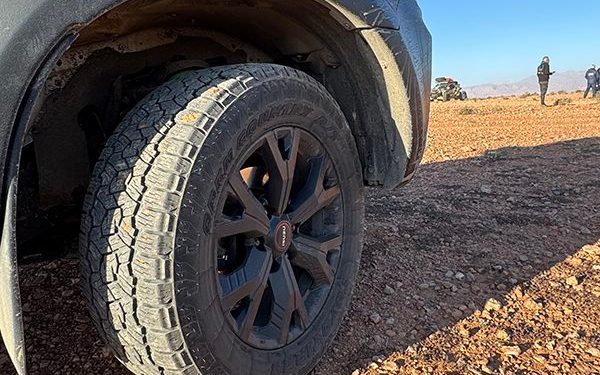The Yomiuri ShimbunMajor tire makers, concerned about rubber shortages in light of growing demand for tires in emerging countries, are turning away from rubber trees to other rubber-yielding plants.
World consumption of natural rubber has more than doubled in the past 20 years. Currently, rubber-tree plantations are concentrated in the tropical zone of Southeast Asia.
Bridgestone Corp. released prototype tires made of rubber extracted from guayule, a desert shrub grown in North and Central America, in October last year. According to the company, there is little difference in mileage or performance between tires made of rubber from rubber trees and tires produced with rubber that comes from the guayule shrub.
Bridgestone built a 114-hectare-experimental farm in Arizona in 2013, and opened a research and processing facility the following year. The company is working toward practical use of natural rubber made from the guayule shrub in early 2020, while working on such problems as supplies, processing and costs.
Bridgestone Chief Executive Officer Masaaki Tsuya said prices of oil and natural rubber will not always remain cheap and environmental awareness will grow. “It’s very important to develop alternative sources,” he added.
Sumitomo Rubber Industries Ltd., which produces the Dunlop brand, has started research on the Russian dandelion, a plant native to Central Asia that can grow in temperate regions, as an alternative to the rubber tree. It is said rubber can be extracted from the roots of the plant. Overseas makers, including Continental AG, have also conducted research on the Russian dandelion.
According to one estimate, worldwide tire demand will increase by about 4 percent a year due to increasing sales of cars in emerging countries. “Amid growing demand for tires, we’ve been focusing on using natural resources,” a spokesperson of Sumitomo Rubber Industries said.
Tires are generally produced by mixing natural rubber extracted from plants and synthetic rubber derived from petrochemicals. As natural rubber is superior to synthetic rubber in terms of strength and abrasion resistance, the use of natural rubber has been increasing.
About 1.1 million tons of natural rubber is produced annually, 90 percent of which is used to produce tires.
Natural rubber is mainly made from fluid taken from Para rubber trees. About 90 percent of Para rubber-tree plantations are located in Asia, mainly in such Southeast Asian countries as Thailand and Indonesia.
However, the current situation involves risks. The land available for further expansion is limited, plant diseases are always a concern and disasters or conflicts in production areas could threaten procurement of natural rubber because of the concentration of plantations, observers said.




























